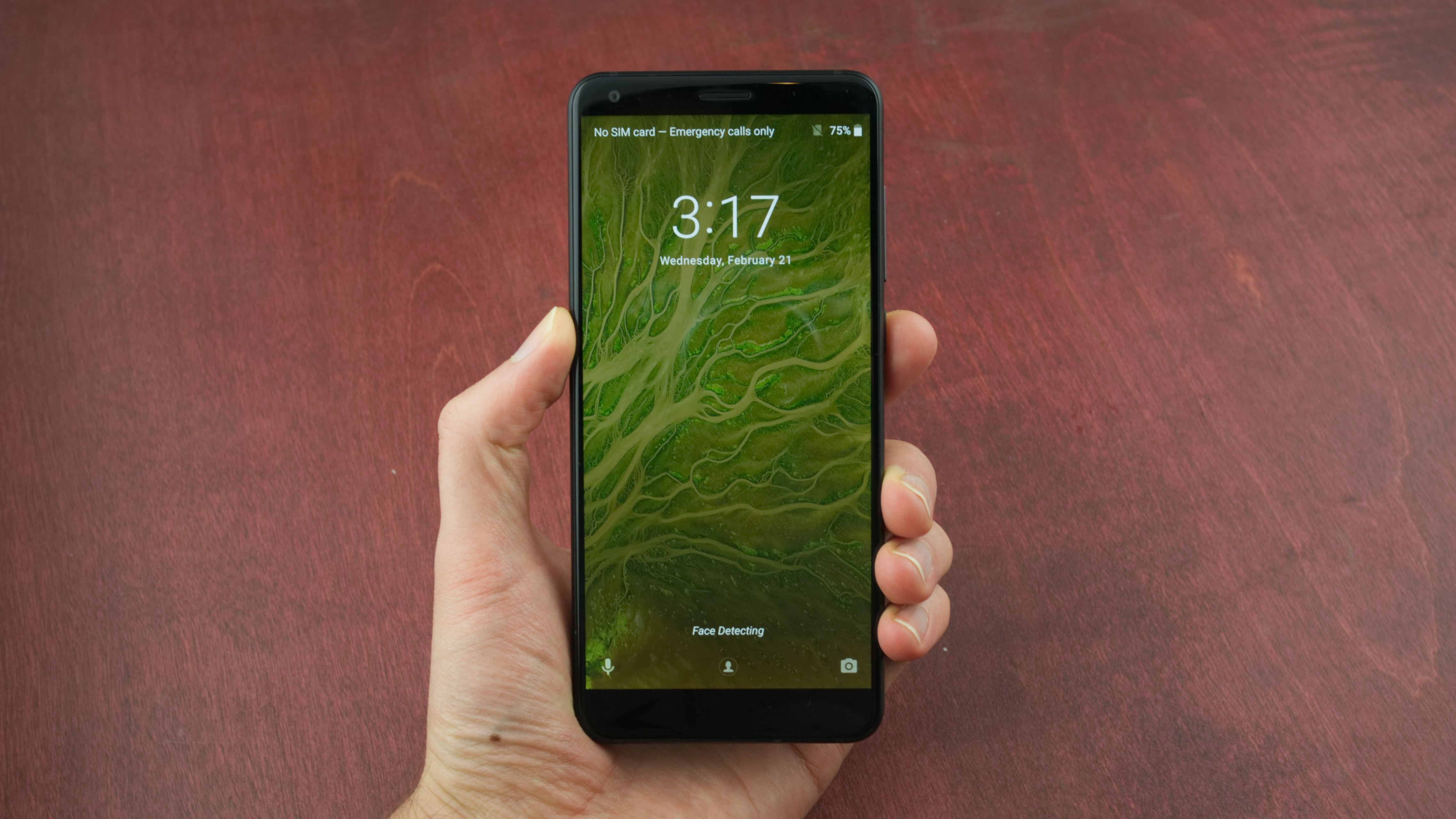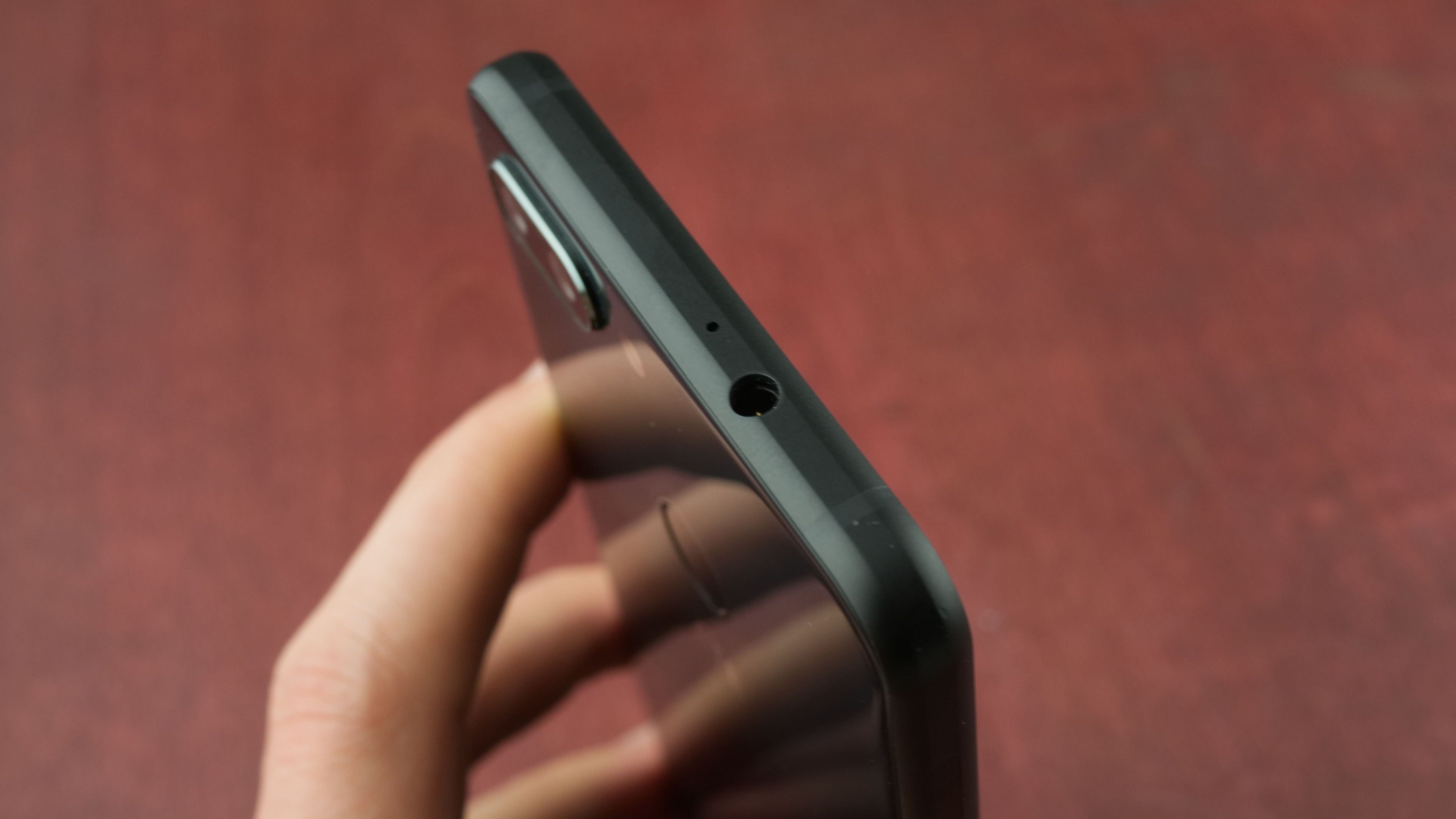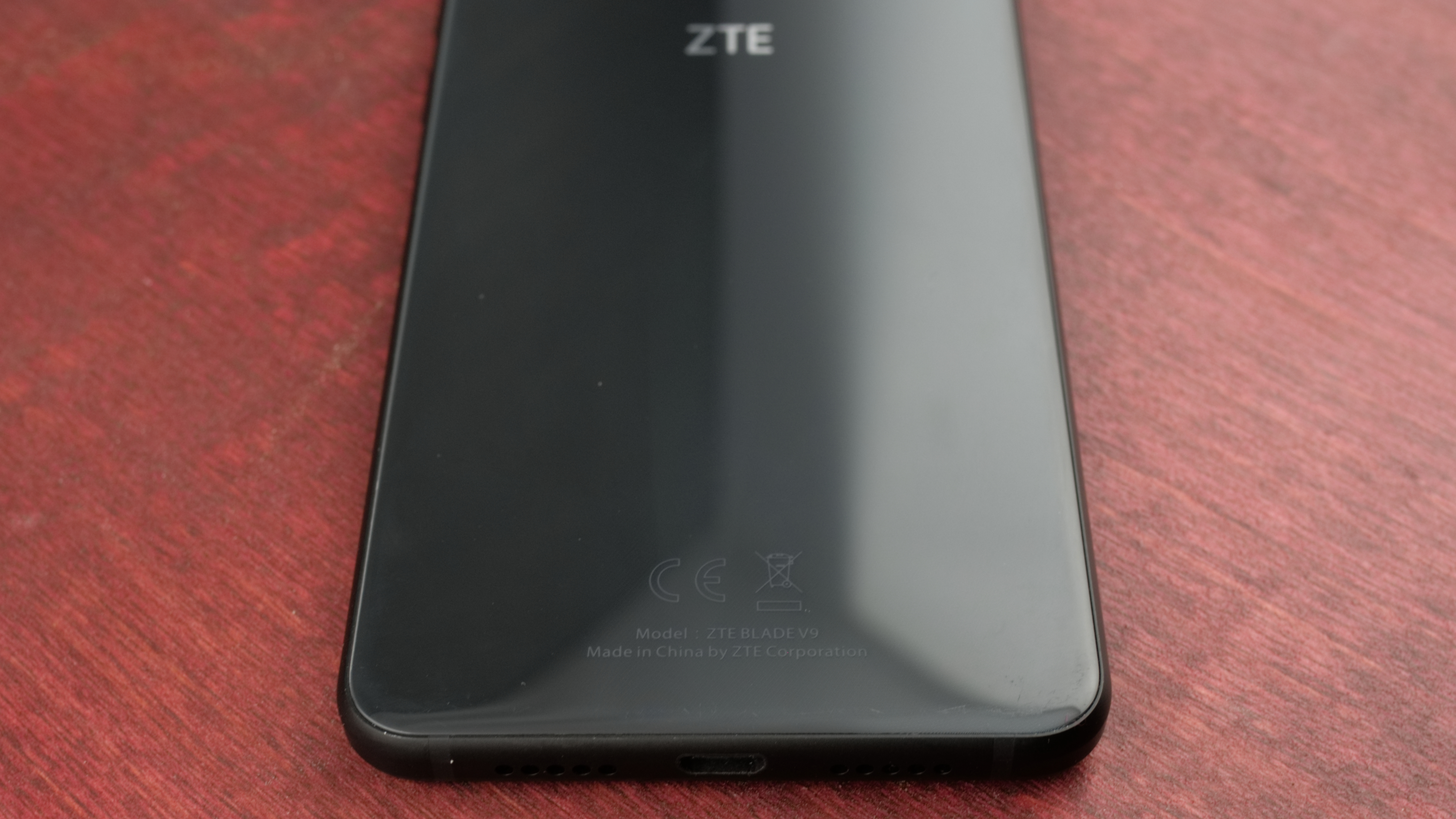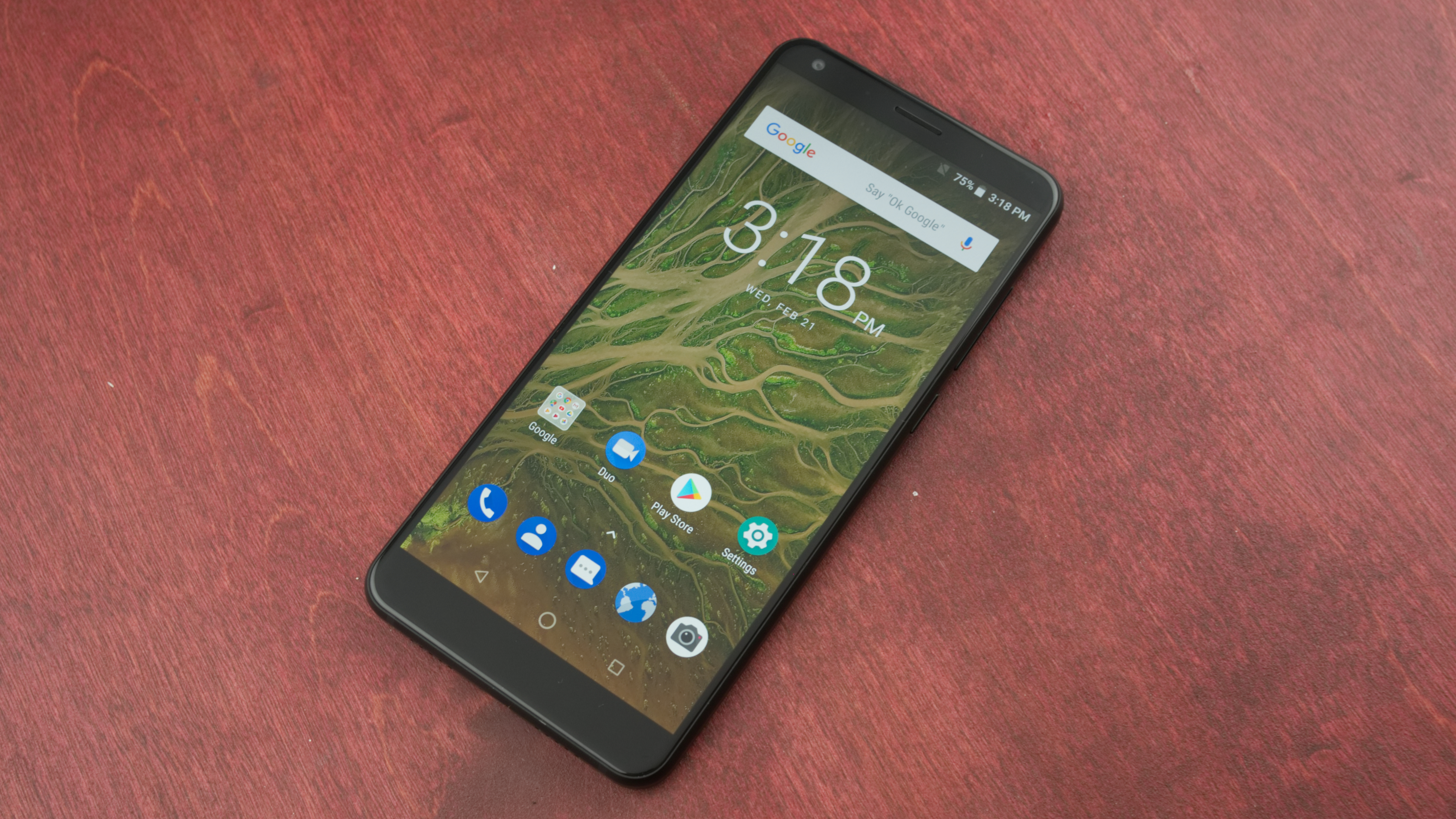Early Verdict
The Blade V9 is designed to attract those with a taste for premium tech. With a stack of features, and impressive design both in and out, this is one to watch out for.
Pros
- +
Impressive design
- +
Near stock Android
- +
Tons of welcomed features
Cons
- -
Might cost too much
- -
Won’t work on all carriers
- -
Appears quite fragile
Why you can trust TechRadar
ZTE’s Blade series has historically done well to pack in a whole lot of tech for your dollar, and this year’s effort look no different. The ZTE Blade V9 is the next step and it’s quite the evolution.
Appearing more like a high-end flagship phone – not the mid-range phone that it is – it leaves a stunning first impression with its design and its implementation of near-stock Android Oreo 8.1.
ZTE has announced that it plans to sell the Blade V9 for € 269 in Europe (about £236, $331, AU$422).
If things pan out for this device, we could be looking at an early contender for 2018’s best cheap phone.
Design
The ZTE Blade V9 literally shimmers in the light, thanks to its Aurora Glass, which packs several unique layers in the back to give it an undeniably cool look. That pizzazz carries over to the front, as well, with its full HD display, adapted to the modern 18:9 aspect ratio. ZTE says it achieved an 84% screen-to-body ratio, a high number for a device that will launch in the budget category.








In addition to a 3.5mm headphone jack, you’ll also find some other hardware feature favorites, like a dual rear-facing camera and a fingerprint sensor located on its back. Speaking on the camera, ZTE says it’s a 16MP+5MP setup that has f/1.8 aperture for taking low light pictures. For reference, that’s the same aperture value as the Google Pixel 2 – the best smartphone camera. The company also hinted that ARCore will make its way to the Blade V9, which would bring another layer of entertainment to the phone.
On its front, it boasts an 8MP selfie camera that ZTE says can work with the chipset to boost them up to 13MP in quality.
Sign up for breaking news, reviews, opinion, top tech deals, and more.
When the value-minded phone launches soon, it will be available in two colors: gold, and black – both looking quite stunning.
It’s worth noting that the production sample we had our hands on was covered in micro scratches near its bottom rear. We’re unsure if this is what to expect in the final review version, but we’re dubious for now.
Performance
While we didn’t have a chance to fully put the Blade V9 through the paces during our hands-on, we’re confident that this device should suit those with basic to intermediate smartphone needs.
Packed with a Snapdragon 450, backed up with either 3GB RAM or 4GB RAM, depending on your region, this phone feels plenty snappy for getting the gamut of general tasks done to completion. Running around through ZTE’s slick, near-stock version of Android Oreo 8.1 (a fan request that’s being realized), this phone feels more premium than it has any right to be.
Some additional features that might extend your enjoyment of this phone are its built-in NFC and microSD card slot. The latter is a big deal for entertainment nuts who enjoy stocking up on Netflix shows and games on-the-go.
When it comes to battery performance, the 3,100mAh battery that ZTE has built into this phone should keep it going for quite some time. Of course, we won’t know exactly how long for certain, but we’re expecting all-day service before you need to top it up through its microUSB port.
Early verdict
Phones like the ZTE Blade V9 might make you a budget phone believer when it releases in the coming months. While it won’t fool flagship thrill-seekers, it will at least catch them doing a double-take thanks to its stellar build quality and appreciable load of features.
We expect to see many affordable phones at MWC 2018, what with the launch of the first Android Go phones, but even so, we wager this to be one of the better-looking to come out of the show.
- MWC (Mobile World Congress) is the world's largest exhibition for the mobile industry, stuffed full of the newest phones, tablets, wearables and more. TechRadar is reporting live from Barcelona all week to bring you the very latest from the show floor. Head to our dedicated MWC 2018 hub to see all the new releases, along with TechRadar's world-class analysis and buying advice about your next phone.

Cameron is a writer at The Verge, focused on reviews, deals coverage, and news. He wrote for magazines and websites such as The Verge, TechRadar, Practical Photoshop, Polygon, Eater and Al Bawaba.
What is a hands on review?
Hands on reviews' are a journalist's first impressions of a piece of kit based on spending some time with it. It may be just a few moments, or a few hours. The important thing is we have been able to play with it ourselves and can give you some sense of what it's like to use, even if it's only an embryonic view. For more information, see TechRadar's Reviews Guarantee.
